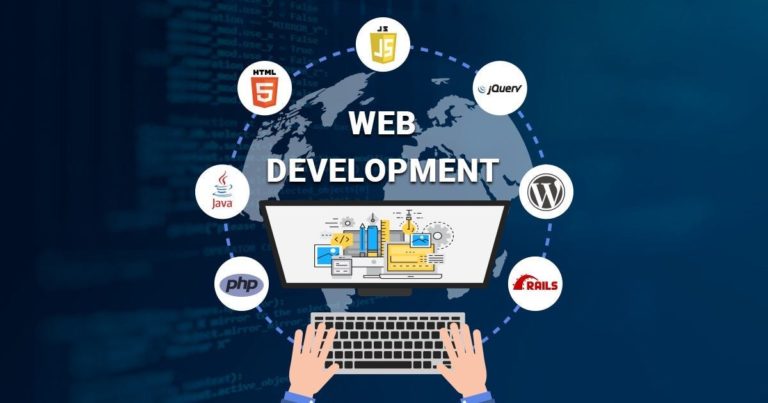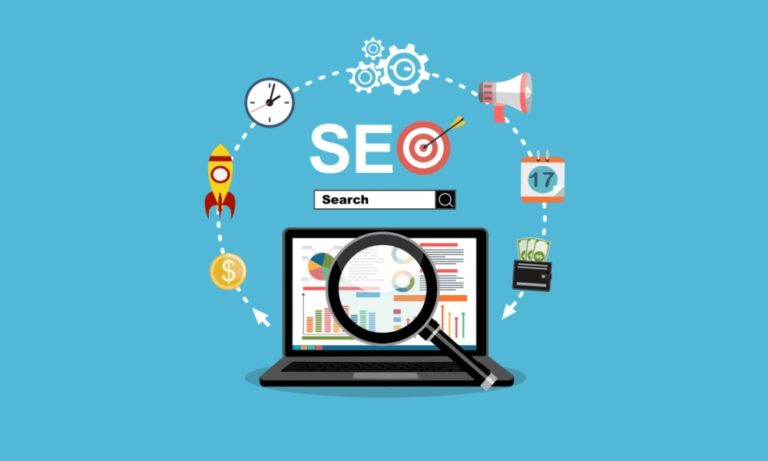Motorcycles cater to diverse preferences, including cruisers, supersports, naked, adventure, and commuter bikes. Commuter bikes, often considered more budget-friendly, can still offer style and performance. Here’s a list of the top eight bikes under six lakhs in India, spanning various categories.
TVS Apache RR 310
The TVS Apache RR 310 is an affordable yet stylish option. With a single-cylinder, four-valve engine and four riding modes, it provides a balanced mix of performance and efficiency. Priced at ₹2,65,000, it’s a budget-friendly choice with advanced features.
CF Moto 650 NK
For a sporty look and robust design, the CF Moto 650 NK stands out. An eight-valve twin-cylinder inline engine achieves a mileage of about 25 km/l. Priced at ₹4,29,000, it offers advanced features like dual-channel ABS, LED lights, and a digital instrument console.
Benelli Leoncino 500
The Benelli Leoncino 500 competes with cruiser bikes under six lakhs. It features liquid cooling and a DOHC parallel-twin cylindrical engine, providing a sleek and vintage look. Priced at ₹4,59,000, it’s a worthy alternative to popular cruiser options.
KTM 390 Duke
The KTM 390 Duke, known for its youth appeal, boasts a powerful engine and a TFT display showing various vehicle information. Priced at ₹2,94,000, it’s a top sports bike in India, offering a blend of performance and technology.
Kawasaki Ninja 300
The Ninja 300 from Kawasaki is a well-loved sports bike with a parallel twin cylindrical engine. Priced at ₹3,37,000, it combines potent performance with a chic appearance, making it a favourite among motorcycle enthusiasts.
Bajaj Dominar 400
Bajaj’s Dominar 400 is a dependable sports bike for daily commuting and touring. With features like a tall visor, hand guard, and digital displays, it offers a balance of performance and safety. Priced at ₹2,22,386; it provides good mileage at 26.5 km/l.
BMW G 310 R
Produced in collaboration with TVS, the BMW G 310 R is a street bike designed for beginners. Priced at ₹2,65,000, it features a single-cylinder, liquid-cooled engine and offers advanced technologies for a comfortable riding experience.
Honda H’ness CB 350
The Honda H’ness CB 350 is a top sports bike with a four-stroke SI engine, fuel injection, and air cooling. Priced at ₹1,98,000, it stands out with advanced features like a voice control system, assist and slipper clutch, and multiple versions.
Choosing The Right Bike
While these bikes cater to various preferences, it’s crucial to consider factors such as riding style, comfort, and intended use before purchasing. Additionally, allocating a budget for bike insurance is essential for protection against unforeseen events.
Importance Of Two-Wheeler Insurance
When budgeting for a bike, including a bike insurance low price cost is vital. Two-wheeler insurance provides financial protection in case of accidents, theft, or damage. A comprehensive policy, ideally from reputable providers, ensures coverage beyond mandatory third-party insurance. You can use a bike insurance premium calculator to estimate the costs of insurance. Claims are subject to terms and conditions set forth under the motor insurance policy. *
Prioritize features that align with your riding needs and style preferences. Investing in comprehensive bike insurance from trusted providers alongside your bike purchase ensures a secure and enjoyable riding experience.
* Standard T&C Apply
Insurance is the subject matter of solicitation. For more details on benefits, exclusions, limitations, terms, and conditions, please read the sales brochure/policy wording carefully before concluding a sale.










